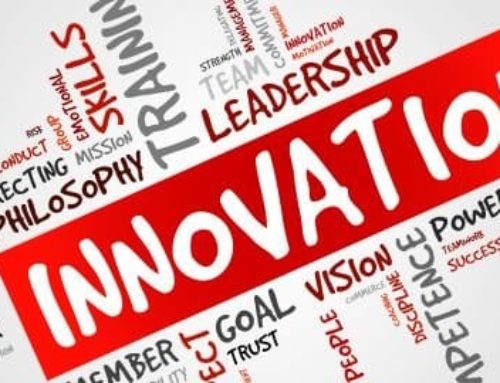The CEO Challenge of digital innovation is about resources, process and values.
The term disruption is over used. If you are a little tired of the hype it seems you are not the only one. The term was invented by a Harvard Professor Clayton Christensen back in 1997, and made famous in his book, “The Innovator’s Dilemna”. A recent New York Times Article “The Disruption Machine” does a great job of summarising the book but also points out the term is starting to wear a little thin.
Interestingly the book includes a section about electric cars. It’s quite prescient about these cars as a disruptive innovation, but the pace at which Tesla got traction was not. Tesla is not even mentioned.
Christensen observed that it is actually the same practices that lead a business to be successful in the first place that also lead to their eventual demise. He provides a powerful framework for thinking through the challenges of today. It’s not a digital book at all, but the fundamental characteristic of companies that get “disrupted” is that they operate in industries where the product features have run ahead of the consumers’ ability to consume them.
Take automotive for example. What more could we want from a car? They are safe, comfortable, and reliable, go as fast as we are legally allowed, and have become increasingly difficult to park and drive in our traffic-choked cities. It’s pretty obvious that Tesla is the start of a major disruption.
Most other disruptions are going to be a little more digital.
There have been a number of articles recently including one published by eConsultancy pointing to issues in the digital ecosystem. It’s clear Australia lags by most measures.
So what needs to be done? Regardless of whether innovation is done internally or externally, here are the issues every CEO is going to need to address.
Resources:
There is a war for talent. The best digital talent is either involved in a start-up or doing something for themselves. The trouble with most enterprise digital is that it’s too slow. One of the banks spent two years choosing a CMS before they finally made a decision to get started. The change over was going to take two years. If you are a digital person on this project you have gone backwards. While you have been putting in a CMS, the world of mobile apps exploded, the ad tech space became more dynamic, and the job of truly satisfying the customer got more demanding.
The story of the Obama healthcare site shows the skills to do this style of work don’t necessarily reside in the places they used to. The digital landscape has evolved much more quickly than the average CIO and a new model is needed to engage and use this new breed of digital native.
Digital work is demanding. The challenge of getting your work done and keeping up to date needs a different approach to traditional work hours and holidays. Perhaps using the frenetic pace of project work to give teams structured breaks between projects to catch up on something new and interesting. This unstructured period could be leveraged into real innovation and exploration.
Process:
I worked on a business case for an innovative new project. The project was aimed at securing a position for my client in a landscape where massive change means there will almost certainly be a level of disruption. The work done delivers something certainly never seen in that industry. So no one can guarantee the success of the project. Like almost everything else the success will be a mix of timing, resources, focus and a little bit of good luck.
In order to scope the project and business case we used a range of “new world” tools including design thinking, the lean canvas Agile development and product market fit.
These tools and methodologies require a different approach to project approvals, and the engagement of boards and senior executives to the rhythm of a project. It’s almost impossible to reduce a project of that significance to a few short meetings and it’s also impossible to work with uncertainty in a structure that requires guarantees. Experimentation is a key principal in any new process.
Values:
Values underpin the guiding principles that determine behaviours and results, and are the unconscious motivators for every action we do or do not take.
The values of teamwork, collaboration, and experimentation are going to be essential for innovation.
A recent story in Wired magazine, on lessons in innovation from the world’s most creative thinkers, points to a huge change in the corporate values needed to succeed in the future. The classic values of Reliable, Committed, Creative, Positive, Passionate etc are just not going to create the right environment for innovation.
The job of changing process, resources and values is the job of the CEO. David Thodey said “I really am a great advocate for values-based leadership. We have regulatory considerations but our values drive our behaviour more than rules and I think that any organisation has got to move that way because it drives people to take ownership and be accountable and it also drives a better outcome for the customer.”
Thodey also said that values are the hardest to change and are what takes the most time. There is a plethora of literature about the importance of values, but relatively scarce information about how to genuinely identify and implement the values-based processes that transform the organization. The time to start is now.




Leave A Comment